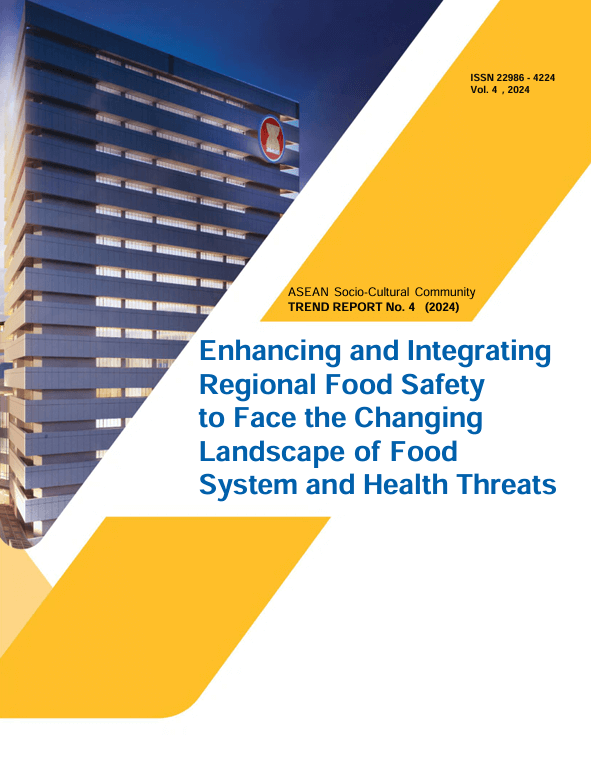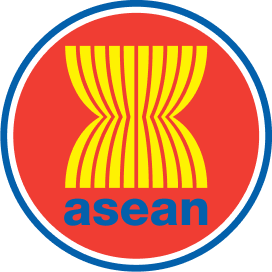

Executive Summary
- Changes in the global community alter food safety landscapes. These changes stem from a few drivers impacting ASEAN. The drivers include society’s increasing demand for safe and nutritious food, the rise of antimicrobial resistance (AMR) and foodborne diseases (FBDs), food fraud practices in global trade, climate change threats impacting food supply chains (FSCs), and changes brought by food e-commerce.
- Integrating food safety and nutrition into every component of the food system (i.e., safe FSCs, a safe food environment, and consumer behaviour) is vital. Policy and control management, rapid risk-based inspection, data and information sharing, national laboratory systems, food safety emergencies and preparedness response, and food safety communication and education are a few actions to accelerate the
- ASEAN has established initiatives to address food safety issues. However, the region still faces problems related to unfulfilled access to safe and nutritious food, including high prevalence of FBDs and Thus, a few recommendations to enhance the region’s food safety include: strengthening regional food safety systems through continuous development, ensuring compliance with regional policies, improving a safe food environment and safe FSCs, and enhancing consumer empowerment on food safety.
- Recommendations to support the implementation of possible actions include: (i) strengthen regional food safety systems through continuous development and ensuring compliance with regional policies; (ii) improve safe food environment and safe food supply chains, and (iii) enhance consumer empowerment on food safety.
Introduction
Background, Objectives, Methodology, and Limitations
The ASEAN region has been prioritising food safety as a critical component of the ASEAN Post-2015 Health Development Agenda for 2021-2025. The agenda aims to address the rising concerns over foodborne illnesses, which continue to pose significant public health and economic burdens in the region. ASEAN implements various strategies to enhance food safety, such as: (i) provide scientific advice in developing evidence-based food safety risk management measures, (ii) minimise capacity gaps among national food control systems through capacity building,
(iii) improve the utilisation of appropriate and available mechanisms for food safety, and
(iv) enhance regional mechanism and multi- sectoral collaboration to strengthen ASEAN Member States’ food control system based on ASEAN Food Safety Policy, ASEAN Food Safety Regulatory Framework Agreement, and other relevant instruments.
This report aims to review the integration of regional food safety to face the changing landscape of the food system and health threats through portrayals of the ambitions and progress of ASEAN. The report identifies challenges and opportunities, both prevailing and emerging, that the ASEAN Member States (AMS) ought to overcome, explore, and capitalise on, and provide an overview of regional progress against the ideals above.
This report was written using various methodologies: content analysis, comparative or gap analysis, and descriptive analysis for quantitative data. Each methodology was used to compare and analyse secondary data to give perspectives on this issue in ASEAN and its member states.
We acknowledged several limitations in writing this Trend Report, such as unequal capacity and availability, some data are available in several but not all AMS, and a few are outdated or incomplete. Therefore, this report’s internal validity and generalisability should be interpreted cautiously.










